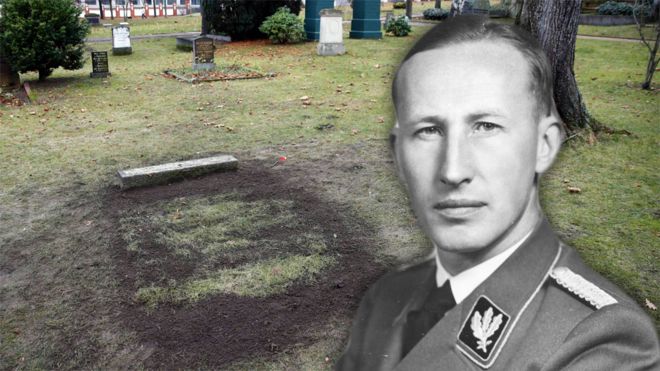The police in Berlin are investigating the opening of the unmarked grave of SS officer Reinhard Heydrich, key architect of Hitler’s Final Solution, nicknamed the Butcher, who was killed by British trained Czech agents in 1942.
The grave has no headstone to indicate the identity of the body buried beneath it and so the police believe the perpetrators must have had inside knowledge of its location.
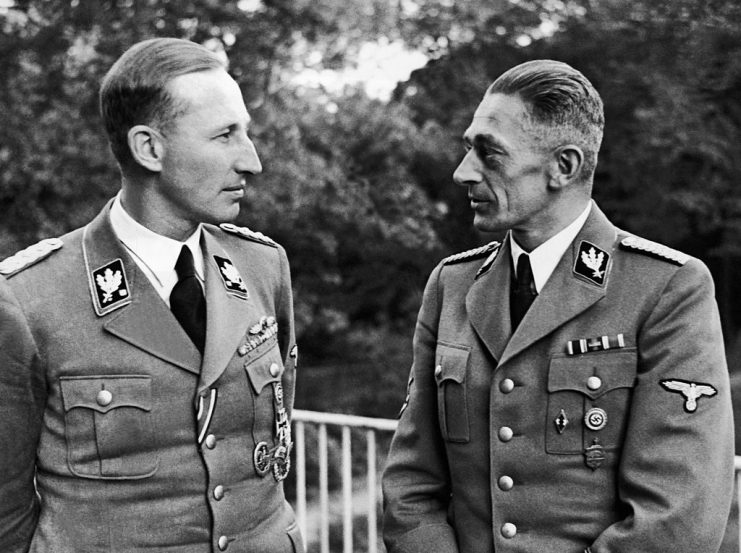
The opened grave, located in Central Berlin at the Invalid’s Cemetery, was discovered by an employee and since then police have reported that no bones had been removed.
German Law states that grave defilement can be prosecuted as an offence, but so far no-one has been traced in connection with the incident.
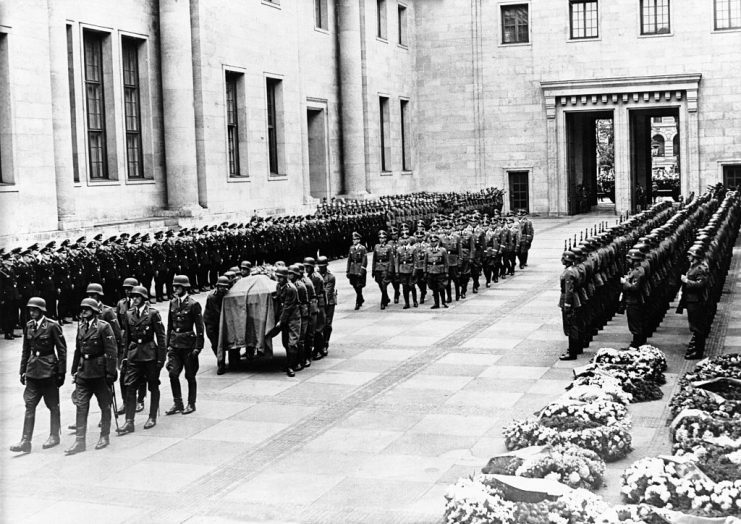
Heydrich was buried as a hero by Hitler to great fanfare but after the war his gravestone was removed as were many other Nazi memorials, redacted in order to prevent them becoming shrines for the remnants of the far right in the country.
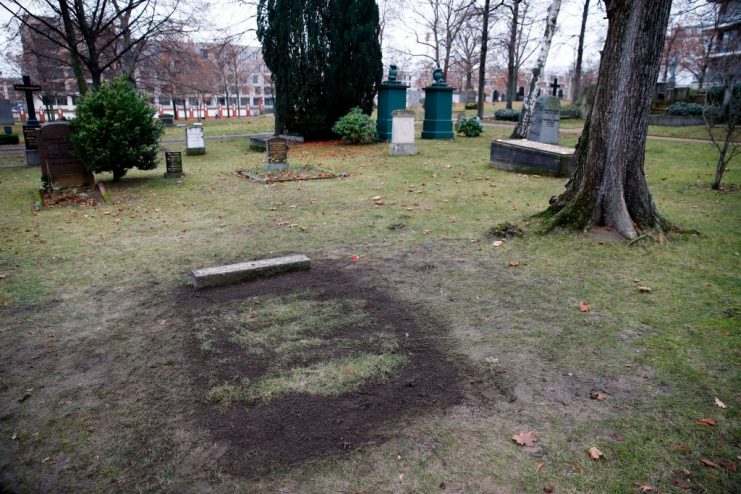
SS Officer Heydrich came from an esteemed musical family, his father Richard Bruno Heydrich founded the Halle Conservatory and his mother, Elisabeth Heydrich, was a renowned star of opera.
Heydrich himself was an accomplished violin player, however, the end of the first world war ushered in a period of rapid decline in the arts. As a result, Heydrich joined the Navy in 1922 for the financial security.
He was dishonourably discharged in 1931 for conduct unbecoming for an officer. The crime was that he had broken off an engagement after falling in love with another woman.
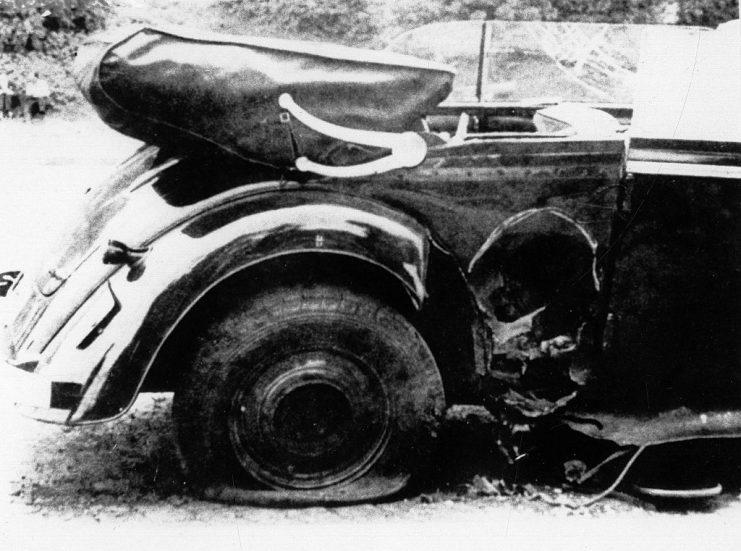
Lina von Osten was to become a very powerful driver behind the meteoric rise of Heydrich in the Nazi party, credited with getting her husband an interview with Hitler’s Reichsführer of the SS, Heinrich Himmler.
Heydrich excelled as a Nazi, decorated for his work on the 1936 Olympics, a key organiser of Kristallnacht and enforcer of the Night and Fog operation which ‘disappeared’ more than seven-thousand political enemies.
In matters of the Holocaust he answered only to Hitler, Himmler and Göring and was a key figure in setting up and leading the development of the Final Solution.
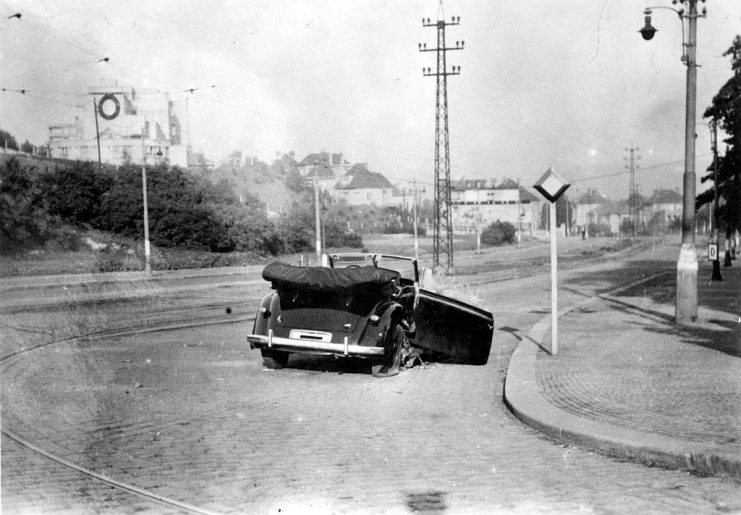
Following written orders from Hermann Göring in 1941, handing authority to ensure departmental cooperation from the entire Nazi government, Reinhard Heydrich chaired the Wansee Conference in January 1942.
The discussions ratified the Final Solution to the ‘Jewish problem’ in all territories under Nazi control and began the most notorious genocide in 20th Century European history.
He was to die just seven days later from sepsis following an assassination attempt by British trained Czech resistance fighters.
As the SS Officer’s limousine slowed to negotiate a hairpin bend, Josef Gabčík’s machine gun jammed so his associate, Jan Kubiš, threw an adapted anti-tank mine at the rear of the vehicle.
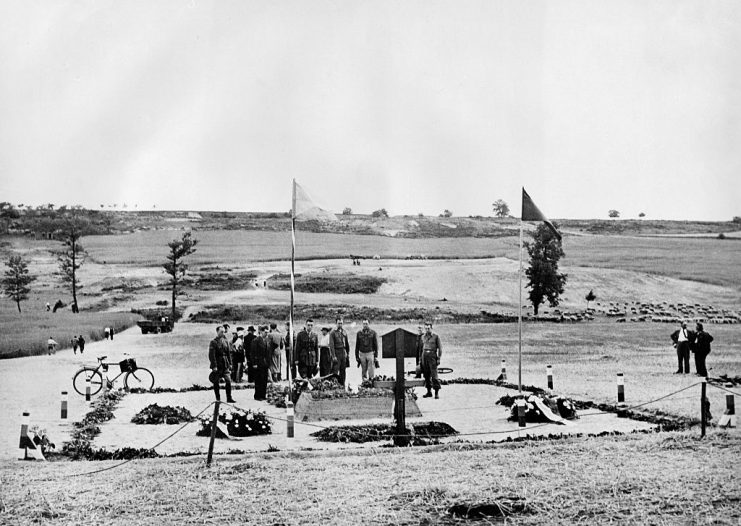
It went off, injuring Reinhard Heydrich who, despite interventions from doctors and surgeons, later died in hospital.
In retaliation for the attack the villagers of Lidice and Ležáky were identified as having links to the killers and the Czech resistance. All men and boys over the age of sixteen were killed.
Four pregnant women were taken to the hospital where Reinhard Heydrich had breathed his last and given forced abortions before being taken to Ravensbrück women’s concentration camp. All of the women of Ležáky were killed.
It is claimed that the exact burial site for Heydrich is uncertain due to the fact that the temporary wooden marker that was in place at the time was destroyed when Russia’s Red Army over-ran Berlin at the end of World War Two.
Another Article From Us: 6 Massive Actors You Forgot Were In Band Of Brothers
Hitler had had plans drawn up for a monumental tomb, but the declining fortunes of the regime meant that they were never realized. The current location of the grave has been extrapolated from photographs taken at the funeral.
